Covadonga is a very important place in the history of Spain, as it was there, in 722, Don Pelayo, the King of Asturias, won the first battle against the Moors. This began the 770-year battle to expel them from Spain, known as the Reconquista. In Gijón, there is a grand statue of a man named Rex Pelagius, and it took us until our first trip to Covadonga to realize that Don Pelayo and Rex Pelagius are the same person, with Rex being his Latin name (duh).
Traveling to three sites, Covadonga, the town of Cangas de Onís, and the Lagos (lakes) of Covadonga in the nearby national park Picos de Europa is something that every Spaniard is recommended to do; and in Asturias these places are especially revered. Some girls are named Covadonga (and go by Covi) and boys Pelayo.
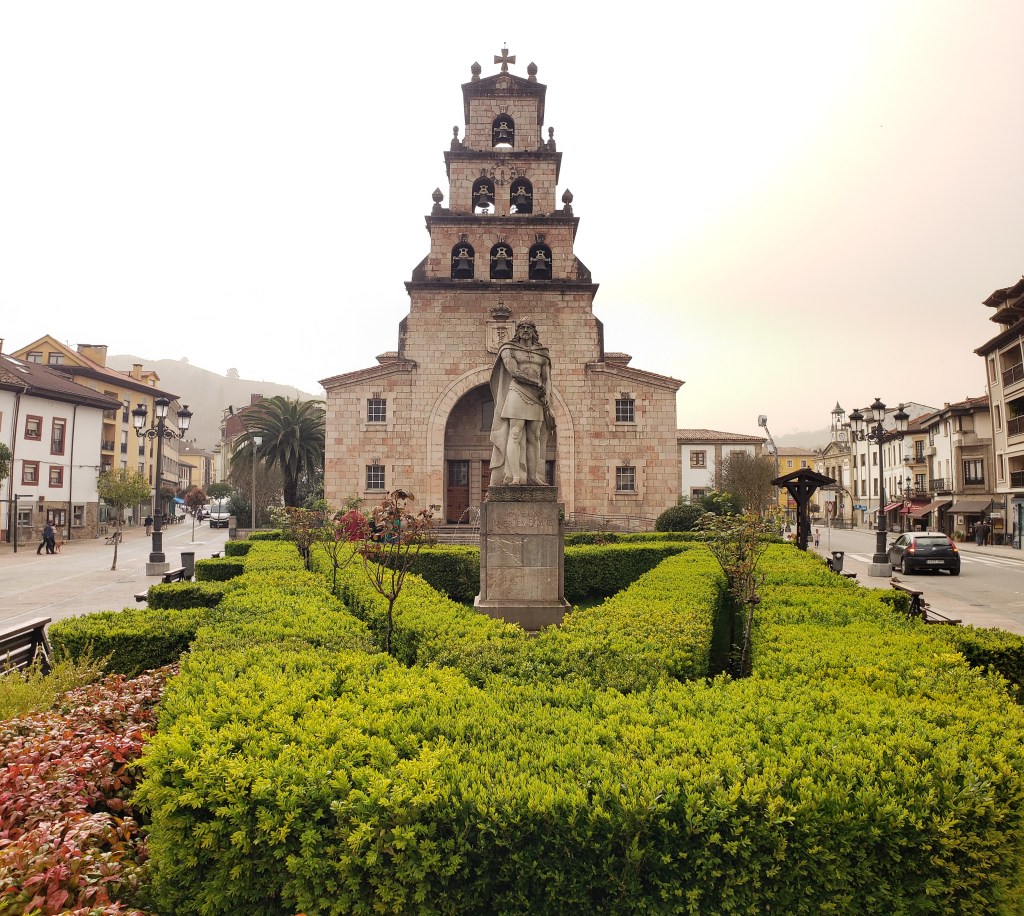
Everyone we met in our early times in Gijón, told us we had to go. So Jesse and I took our first tour back in August of 2021, along with 40 or so fellow tourists, to the three places. Jesse wrote about it here; but with Jesse’s aunt, uncle and cousin in town visiting, we decided to take them to Covadonga and Cangas de Onís as well.
Covadonga has a grand, 19th century cathedral (Basílica de Santa María la Real de Covadonga) set against the backdrop of the Picos de Europa, as well as a statue in front of Don Pelayo (pictured at the beginning of this post). The weather is usually crisp and cool, and as it is nestled amongst nature, with streams running and birds chirping, breathing in the fresh air adds to the experience.
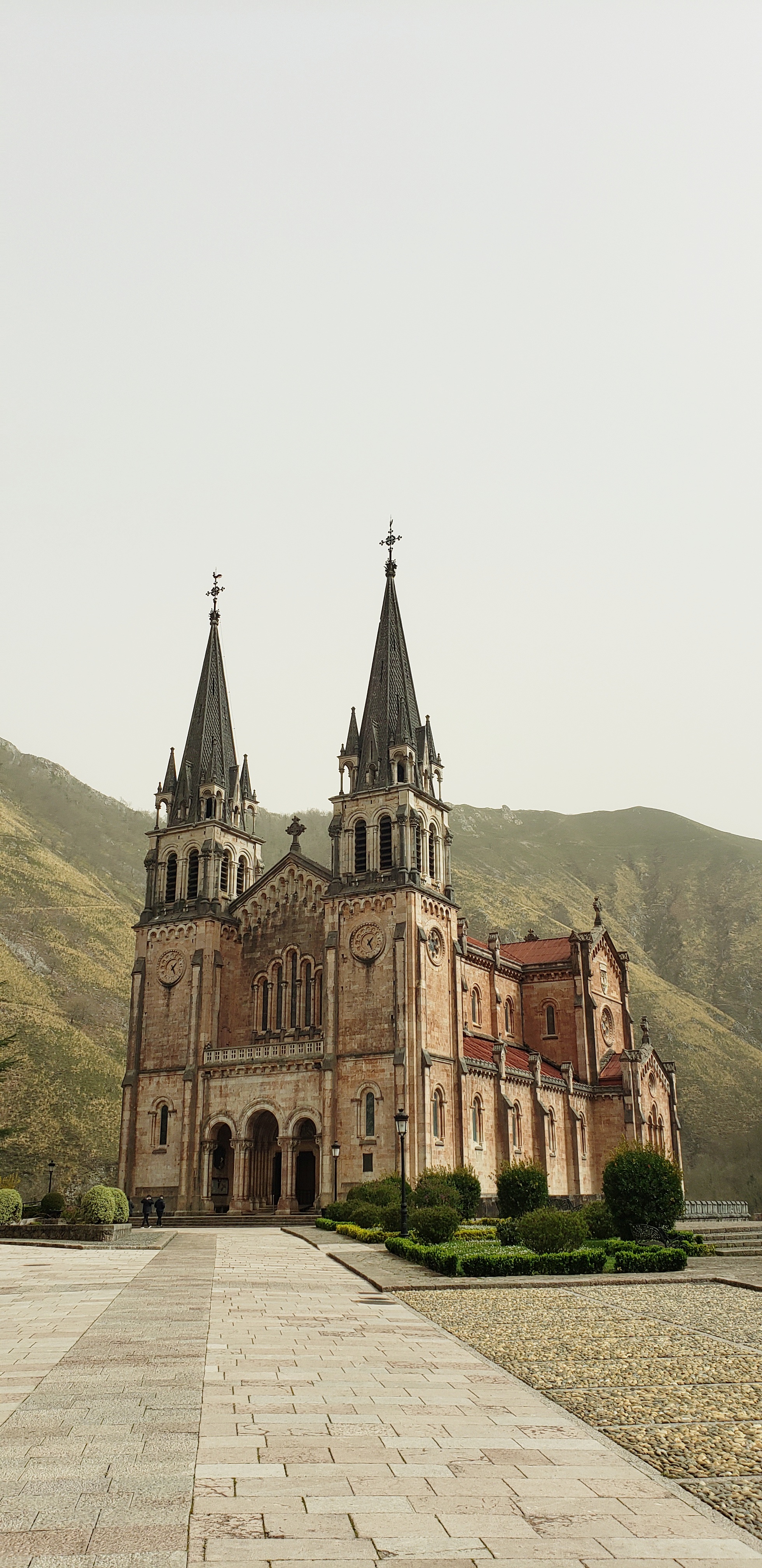
While the Cathedral is stunning, the true star of the show at Covadonga is the Santa Cueva de (Holy Cave of) Covadonga, where Don Pelayo’s body rests, and has a statue and altar dedicated to the Virgin of Covadonga, also known as La Santina. Santina is also what someone says when you sneeze in Asturias, we learned. The construction of the cave dates back to King Alfonso the first of Asturias, who reigned after Don Pelayo, in the 750s.



Below the altar is a pool where water flows from the cave, and highlights the beauty and serenity of being in this place.

Our next stop was to eat some Chuletón at a parilla on the way to Cangas de Onís, which was picturesque to say the least. We ate outside on the patio, shared mixed salads, fries, wine, and the Chuletón, which is a huge steak, on the bone, that they serve on a long flat skillet, still sizzling. It is cooked perfectly and juicy. In the background were green hills, and we sat at the foot of them, breathing in the fresh air, eating wonderful food with family.
Our next stop was the town of Cangas de Onís, which was where Don Pelayo ruled from, and died in, and is an important town in Asturian and Spanish history. It is known for its Roman Bridge, but the bridge was in fact built in the 15th century, in the Roman style.

Strolling through the town, stopping for coffee at one of the many cafe’s, is quite enjoyable. There is also a museum in a converted church that Jesse and I visited when we were in Cangas de Onís in August, named the Aula de Reino de Asturias, and details the history of all the Kings of North Spain and Asturias, for a nominal fee and, while not very big, is quite informative.
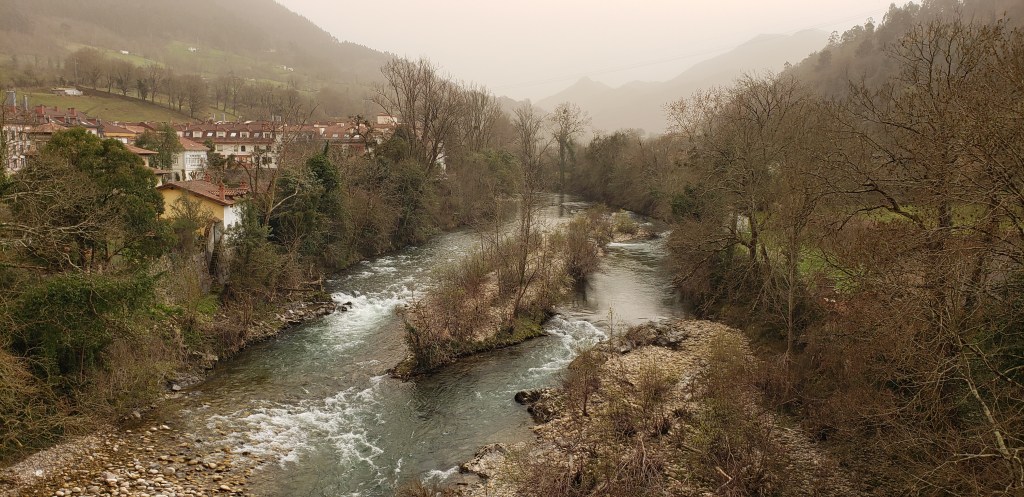
While we did not have time to take Jesse’s family up to the Lagos de Covadonga, in the Picos de Europa, when we visited last August it was full of natural beauty. We were on a tour so the tour bus driver navigated these narrow curvy mountain roads up, up, and up, past other massive tour buses; in summer and holidays, there are shuttle buses that run from near Covadonga up to the Lagos. Many of our tour companions were from other areas of Spain, and were not familiar with all the cows that are in Asturias, and the cows provided popular photo opportunities; having lived in Missouri it was even funnier to watch people take pictures of cows, of all thing (of course I took one!).

Here are some of the pictures I took, and I hope it inspires you to one day visit all three places, as they are special and unforgettable.




Wait, one last picture! On our family trip back to Gijón from Cangas de Onís we took a wrong turn, and wound up going up and down winding roads (which we had hoped to avoid) but it did take us to the Mirador del Fitu, which was a stone platform that looked like one was able to walk out into the foggy sky!
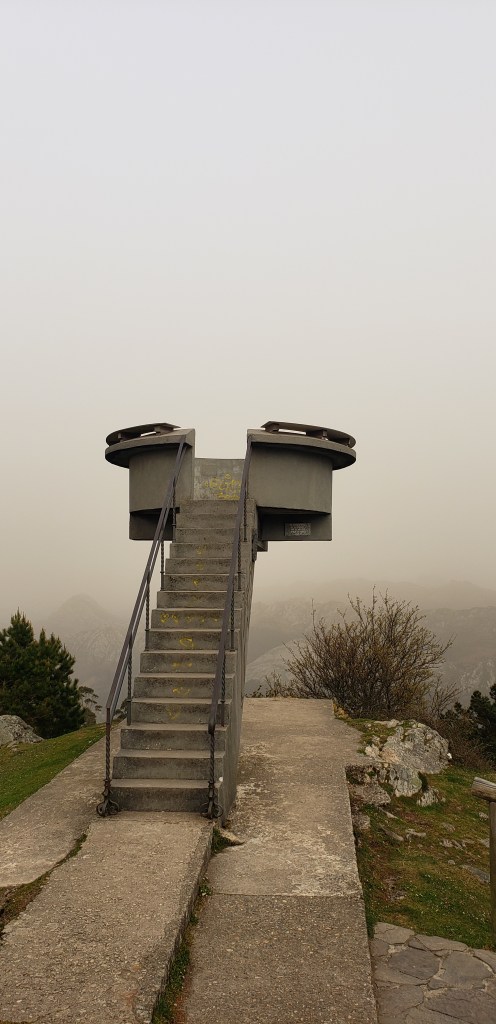
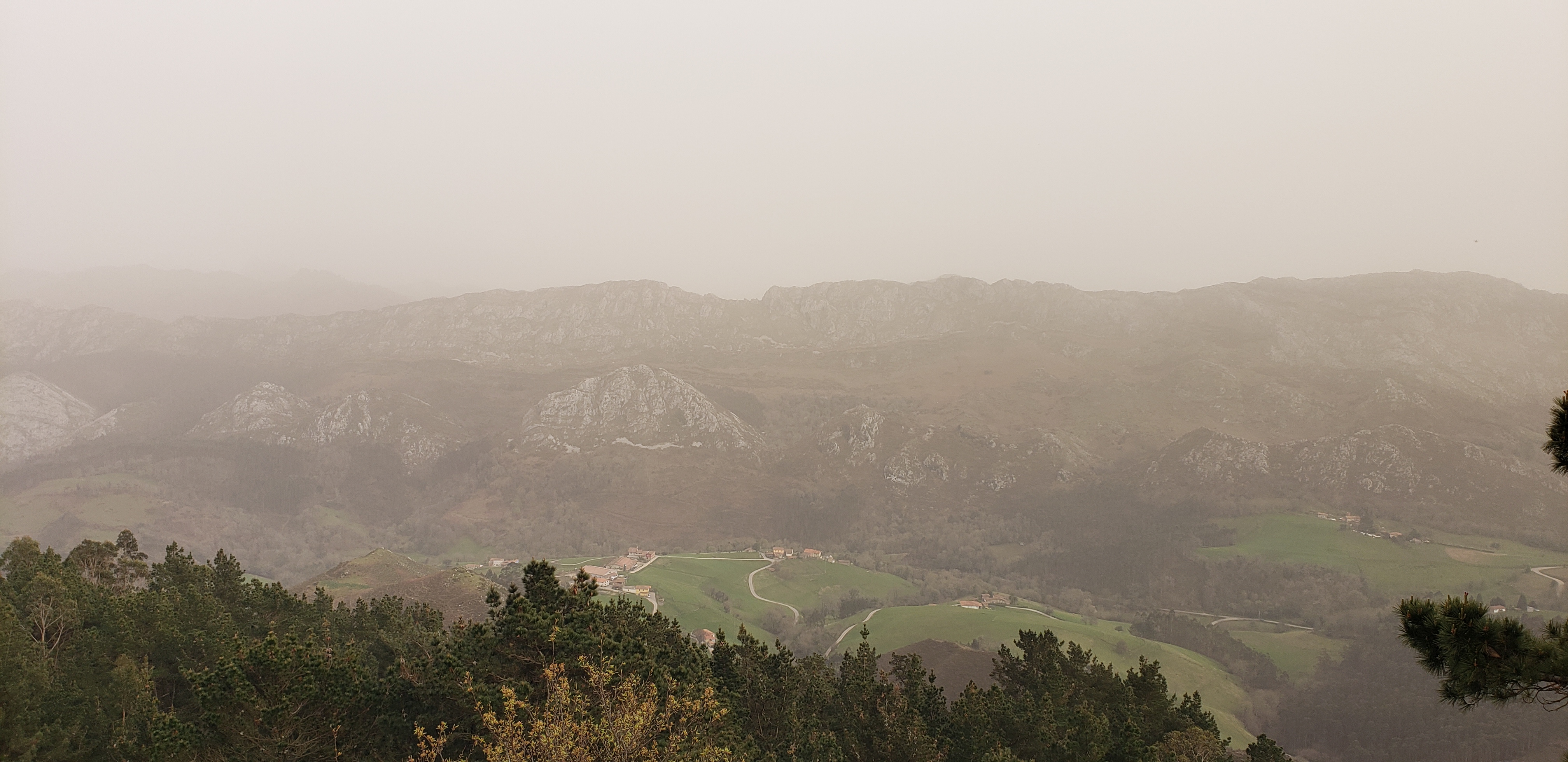


One thought on “Travels in Asturias: Covadonga, Cangas de Onís, and the Picos de Europa”
Comments are closed.